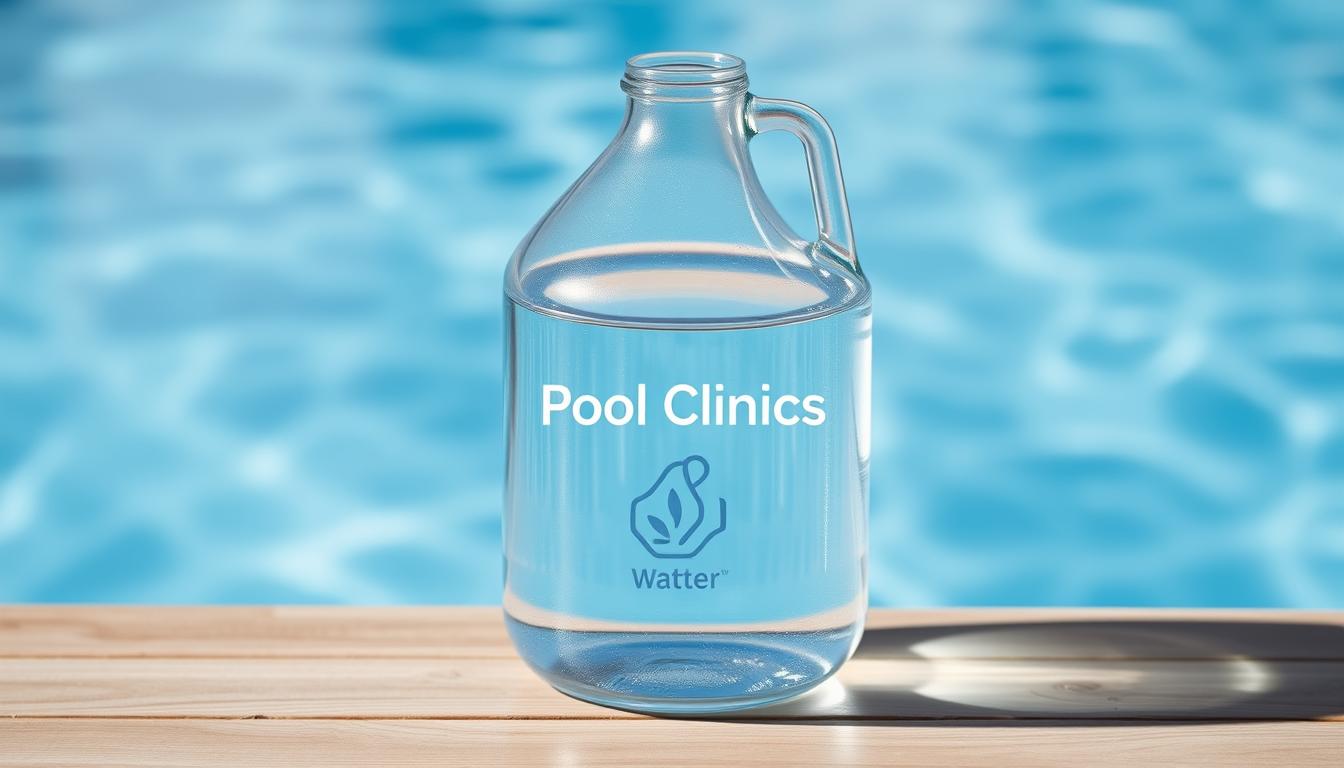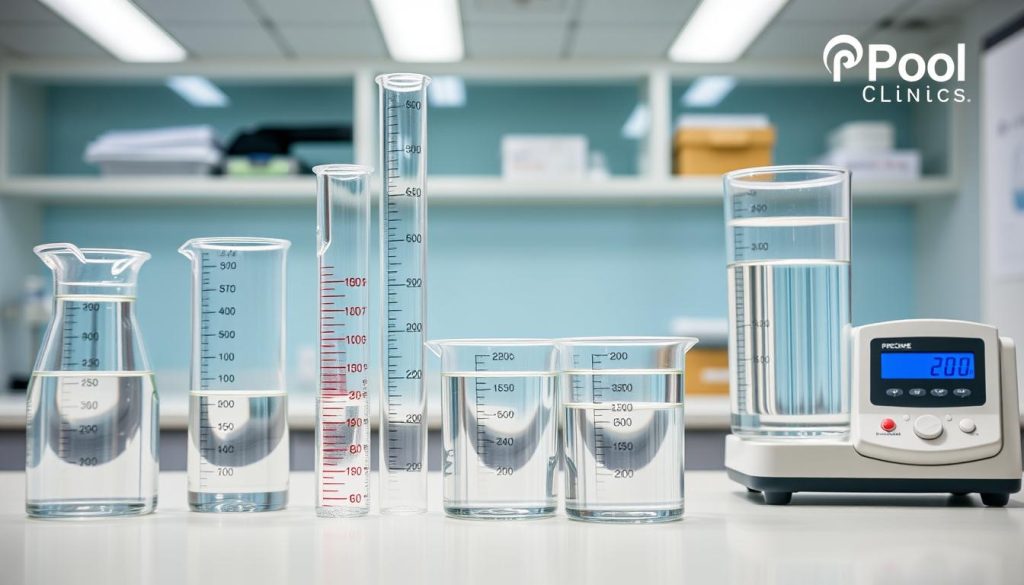
Ever wondered about gallon measurements and how they relate to our daily water intake? Understanding gallons is crucial for staying hydrated and making informed choices. This knowledge is useful for athletes, health-conscious individuals, and anyone curious about liquid capacity.
Knowing how much water is in a gallon can help you meet hydration goals. It’s also helpful for understanding water quantity in various bottle sizes.
Let’s explore water volume and the gallon measurement. We’ll look at converting gallons to liters and examine water quantities in different containers. This information will help you make smart decisions about your water intake.
Key Takeaways
- A US gallon of water weighs approximately 8.34 pounds or 3.78 kilograms
- One gallon equals 3.785 liters
- A gallon can hold around 7.57 standard 16.9 oz water bottles
- The recommended daily water intake is about 70% of a gallon for women and one gallon for men
- Understanding water density and various conversion units is crucial for proper hydration and measurement
Understanding Water Measurement
Fluid measurement varies across the world. The US uses gallons, cups, and pints. Most countries use liters and milliliters. Knowing these systems helps with accurate gallon conversion and fluid measurement.

Gallons to Liters Conversion
Converting gallons to liters is common. One US gallon equals about 3.785 liters. This helps compare water use between regions. It’s also useful for international recipes.
Cups and Pints
In the US, cups and pints measure smaller volumes. A pint equals 2 cups or 16 fluid ounces. To convert cups to pints, divide by 2. These units are great for cooking and drinking water.
| Cups | Pints |
|---|---|
| 2 cups | 1 pint |
| 4 cups | 2 pints |
| 8 cups | 4 pints |
Milliliters to Ounces
For smaller amounts, we use milliliters (ml) and ounces (oz). To convert ml to oz, multiply by 0.0338. For example, 500 ml equals 16.9 US fluid ounces.
Common water bottle sizes and their cup equivalents are:
- 500 ml bottle = 2.1 cups
- 750 ml bottle = 3.2 cups
- 1-liter bottle = 4.2 cups
Learning these conversions helps you switch between systems easily. You’ll be more accurate with water tracking and recipes. This knowledge is useful in many situations.
How Much is in a Gallon of Water
Understanding water in a gallon helps manage our daily intake. Let’s explore the standard gallon size and bottles per gallon. We’ll also look at our daily hydration goals.
Standard Gallon Size
In the United States, a gallon equals 128 fluid ounces. At room temperature, it weighs about 8.34 pounds or 3.78 kilograms. The UK gallon differs, measuring 160 fluid ounces or 4.54 liters.
Bottles per Gallon
Counting water bottles is easier than measuring gallons. A standard single-use water bottle holds 16.9 ounces or 500 milliliters. About 7.57 of these bottles make up one gallon.
| Bottle Size (oz) | Bottles per Gallon |
|---|---|
| 8 | 16 |
| 12 | 10.67 |
| 16.9 | 7.57 |
| 20 | 6.4 |
| 24 | 5.33 |
| 30 | 4.27 |
Daily Hydration Goals
Proper hydration is vital for overall health. The U.S. National Academies recommend daily fluid intakes for adults. Men need about 15.5 cups (3.7 liters) of fluids daily.
Women require about 11.5 cups (2.7 liters) of fluids each day. These amounts include fluids from water, other drinks, and food.
- About 15.5 cups (3.7 liters or 125 ounces) of fluids a day for men
- About 11.5 cups (2.7 liters or 91 ounces) of fluids a day for women
About 20% of daily fluid intake comes from food. The rest comes from drinks. Men should aim for one gallon (128 ounces) of water daily.
Women should target 70% of a gallon (89.6 ounces) of water each day. These goals help maintain optimal health.
Knowing gallon size, bottles per gallon, and hydration goals helps us make smart water choices. This knowledge supports our overall health and well-being.
Conclusion
Understanding water measurements is key to proper hydration. Knowing conversions helps track daily fluid intake accurately. Reusable water bottles make staying hydrated easy while reducing environmental impact.
Stainless steel bottles are safe and eco-friendly alternatives to plastic. They’re free from harmful chemicals that can affect our health. These durable bottles save money and help reduce plastic waste.
Stainless steel bottles keep drinks at ideal temperatures for hours. They’re perfect for hiking or staying hydrated at home. Their versatility makes them a great choice for any activity.
Knowing gallon measurements helps us meet our hydration needs effectively. Using eco-friendly bottles supports our health and the environment. With this knowledge, we can make better choices for ourselves and the planet.







